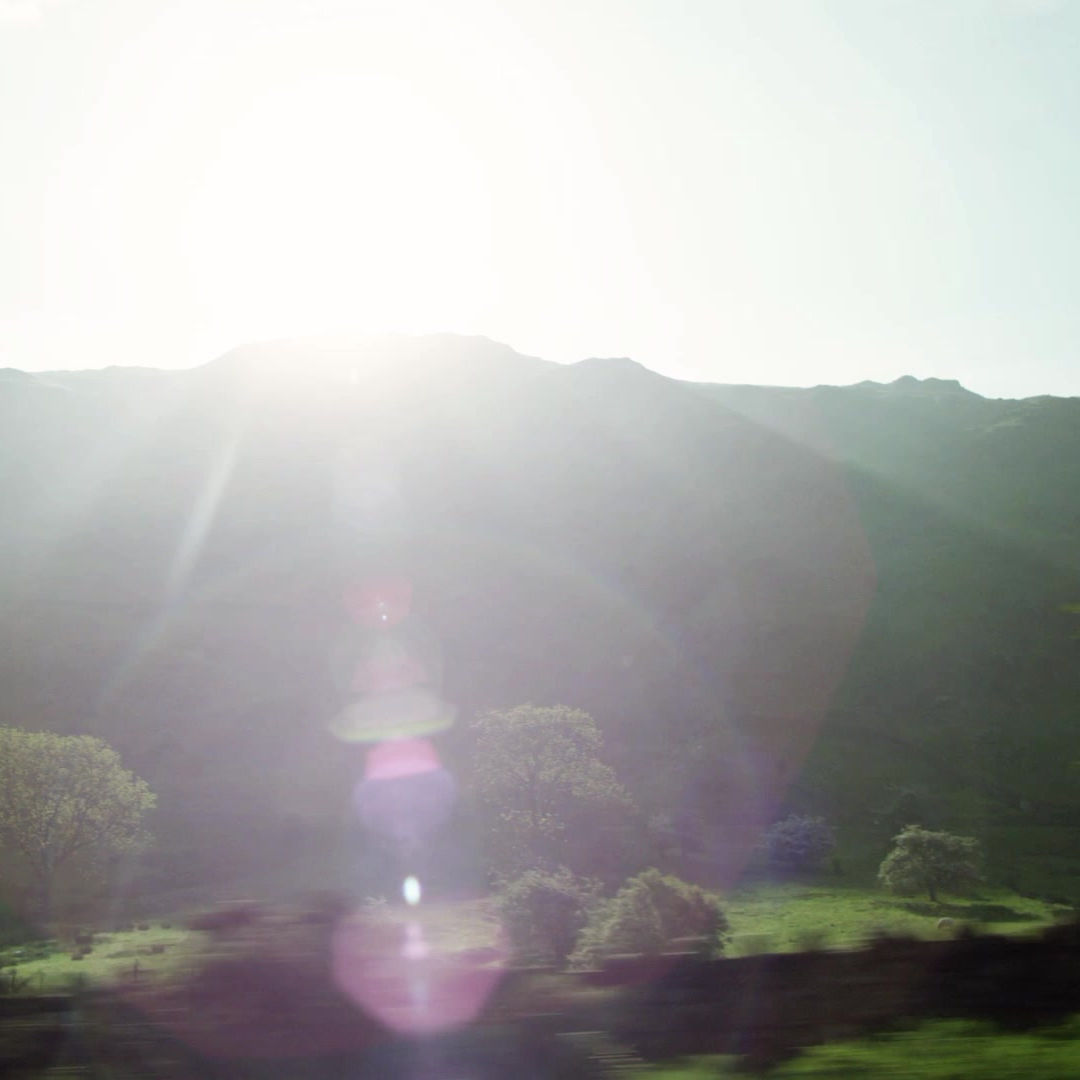
Pros and Cons
Rock climbing is a great sport to get outside and explore all the things nature has to offer. It’s a way to connect with nature and push your body past the normal limits of a typical human being. With this being said rock climbing does have positive and negative effects.
The positive sides of rock climbing are the mental/physical demands it demands which promotes a healthier lifestyle, and the connectedness with nature you form as a result of rock climbing. Nobody can just wake up one morning and decide that they want to go rock climbing. The training, physical strength, gear, and proper technique is something you develop over time and requires extensive amounts of practice. Most rock climbers typically work on their grip and upper body strength to improve their rock climbing abilities. Rock climbers that typically perform best have relatively short stature, low body mass, and low body fat percentage (Bertuzzi, 297). This is in part because the people that meet those standards have a greater control over their body movements and thus can be much more nimble and agile. Higher muscle demand is found to be another contributing factor to the success of a rock climber (Bertuzzi, 297). All of these factors are also influences on health and likewise meeting these standards provides a healthier lifestyle. Not only does rock climbing promote a healthier lifestyle but it also promotes a connectedness with our planet Earth and nature itself. When climbing a tall mountain, you become one with that mountain. You feel the cracks it has, the bumps and rock that make up the composition, and the vegetation that grows where nature permits. You gain a sense of appreciation for the wonders this world brings to us and all of a sudden you feel small. Not small as compared to other people, but small in the fact that here you are one person against a humongous wall of rock in the middle of gigantic world full of mystery and exploration. This type of small puts the world into perspective and gives you a better understanding of the vastness planet we live on and the unknown of which we have yet to discover. The discovery you feel when you are at the top of the mountain is unlike any other and everybody should be able to experience it.
On the other hand, there are many dangers and cons of rock climbing such as falling, feet injuries, hand injuries, and vegetation damage. Although it is a possibility that somebody falls and dies from rock climbing must people are very careful and take the precautions necessary. Although falling is only one worry there are many other cons to rock climbing that most people don’t know. First, feet injuries are on the most common injuries in the sport. “Ill-fitting and excessively tight footwear was found in 55 out of 56 rock climbers. Foot pain during activity was also commonplace in 91% of the climbers” (McHenry, 155). This just goes to show that practically all rock climbers receive some pain in one way or another while wearing rock climbing shoes. Common foot deformities and injuries amongst rock climbers include pressure marks, subun- gal hematoma, splinter hemorrhage, cuts and bruises to the toes, dystrophic and infected nails, and a worrying prevalence of hallux valgus deformities (McHenry, 152). The average reduction in shoe size was about 4 UK sizes which is a very tight and restrictive on the foot. The research provided shows that the use of ill-fitting shoes is very detrimental to the foot and can cause severe pain if done over long periods of time. It is also noted that the higher-level rock climbers use the smallest shoes because they believe that it gives them more grip on the steep surfaces they are working with. Another con associated with rock climbing is the injury of the hand. Wrist and hand injuries make up as much as 73% of all rock climbing injuries, with tendon and pulley injuries being the most common (Merritt and Huang, 1859). Pulley injuries occur from a difficult maneuver or slipping off a ledge. They are usually treated by immobilization of the finger injured but surgical reconstruction is available but is not recommended because it has proven very difficult and complex. Epiphyseal fractures are becoming more and more common in young competitive rock climbers. These types of fractures occur from the constant stress and pressure applied to the joints in the finger. Treatment of this kind of fracture is minimal and just includes splinting the injury until full recovery and pain subsides. The last common hand injury that is found in rock climbers is tendonitis, which is the inflammation of the tendon. After constant pressure on the tendons they tend to inflame and produce pain in the areas where the stress is applied. There is not much you can do for this injury except to modify your activity and to be careful when using that specific part of your hand. Finally, the last con of rock climbing is the damage done to the vegetation growing on the mountains. Most of the damage done to the vegetation is at the base of the mountain(Clark, Hessl, Dengler 706). The base of the mountain is where most of the vegetation grows because the steep hill doesn’t support the plant well enough to thrive up there. The base is also where the most activity is done in one consecutive place. Many people walk, gear up, and bring their vehicles through their causing extensive damage to the plants around them. Rock climbers should just be more aware of this ongoing trend and be more cautious of the life around them to promote the well being of the nature most people take for granted.